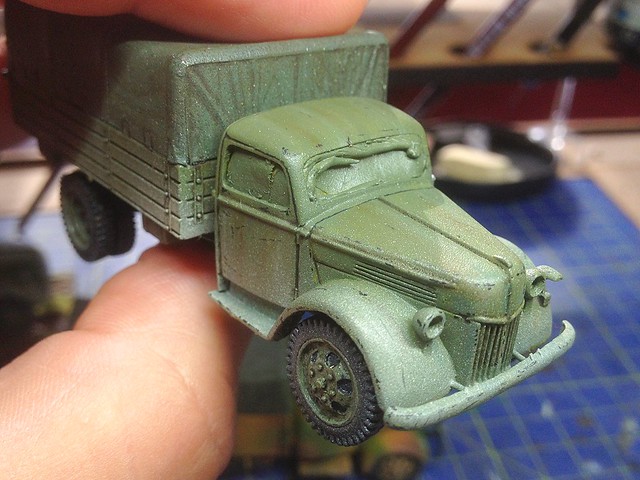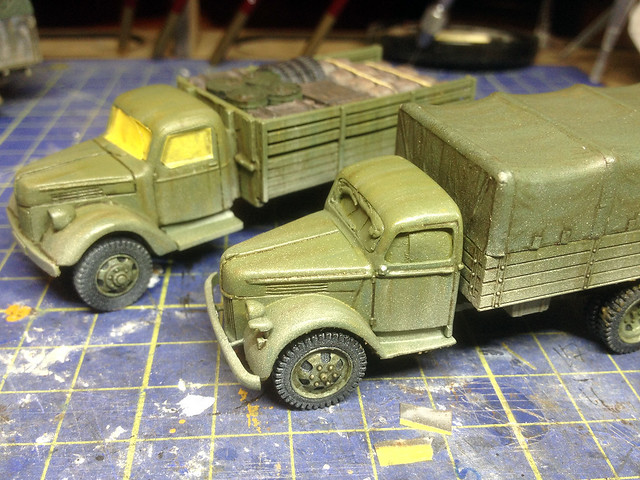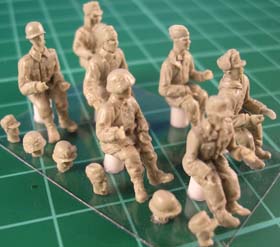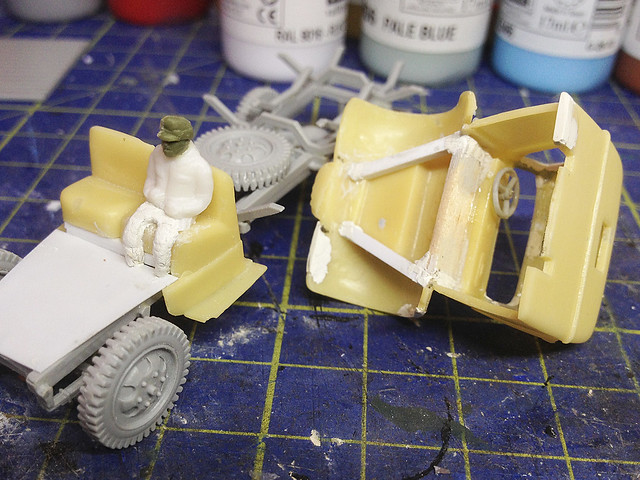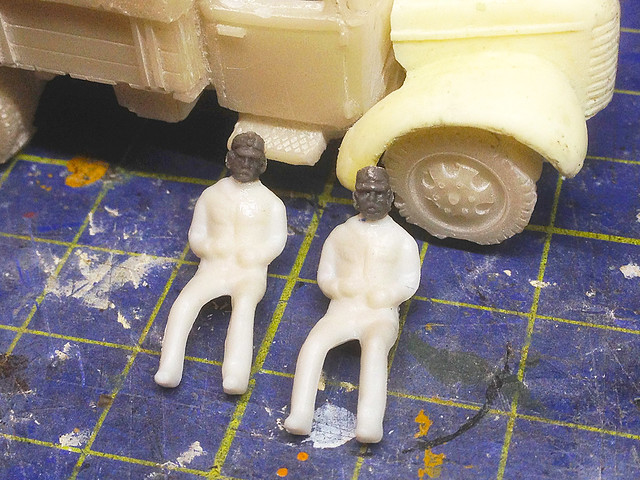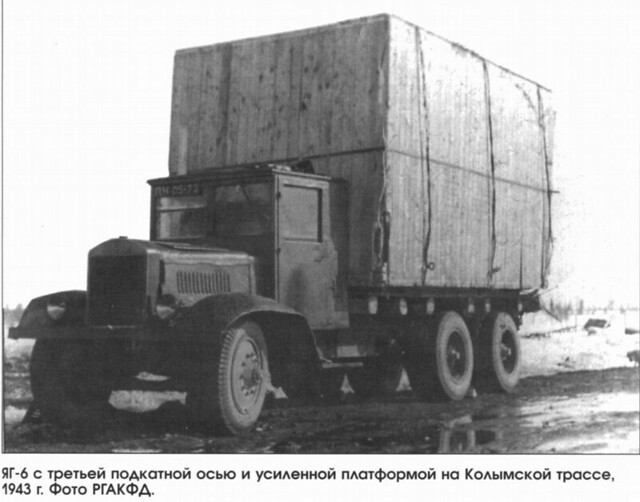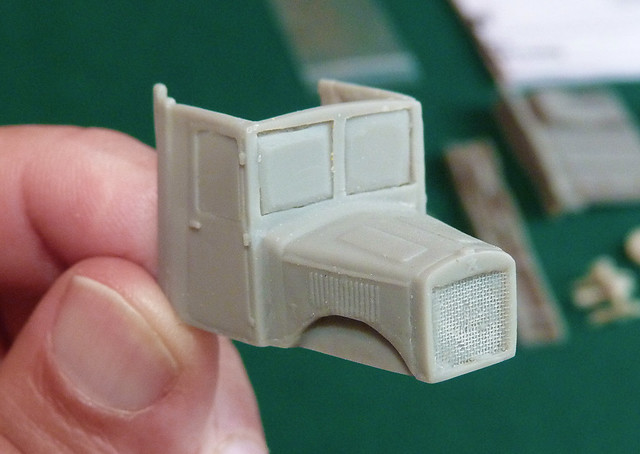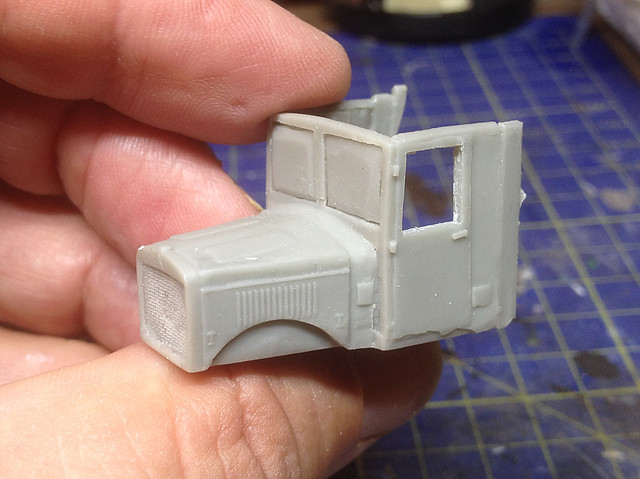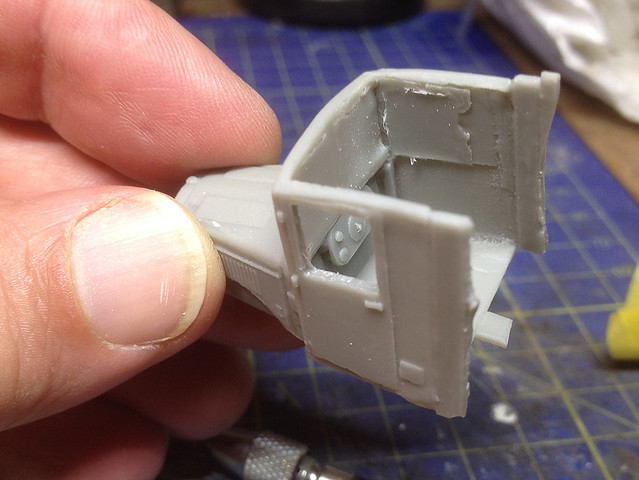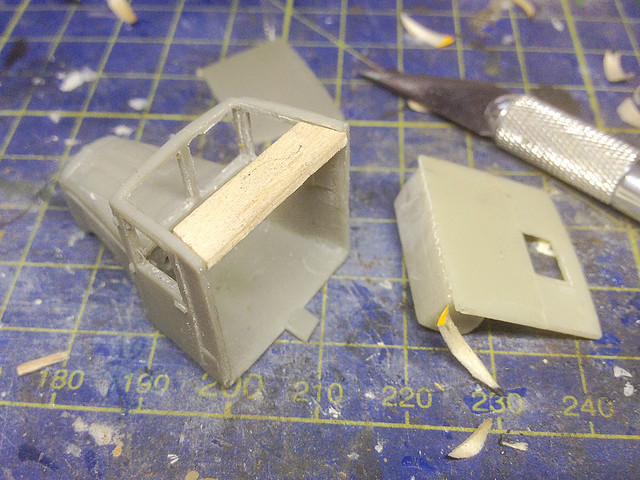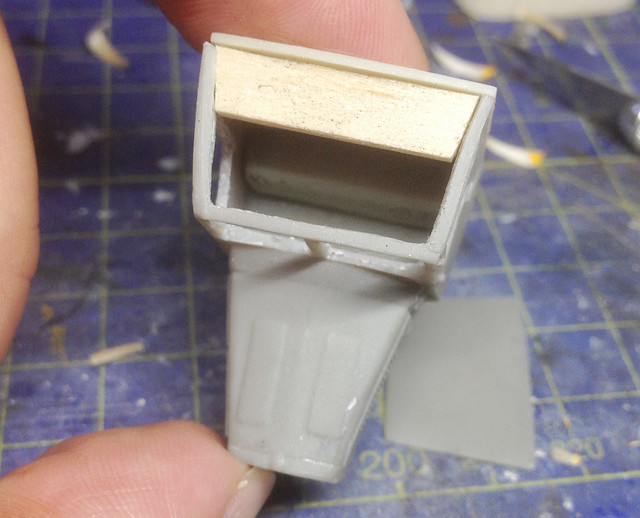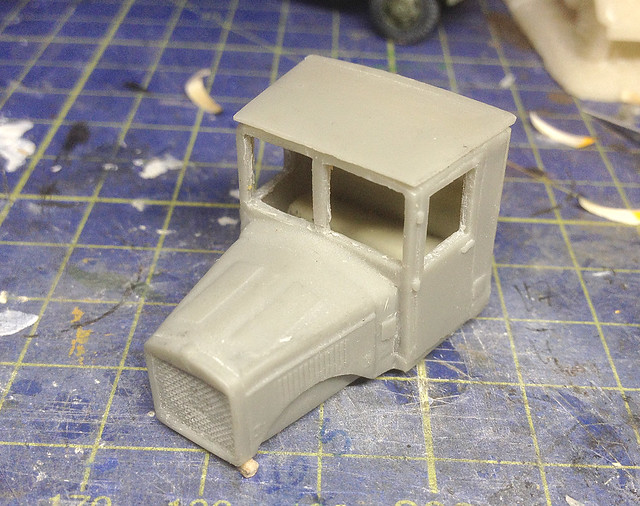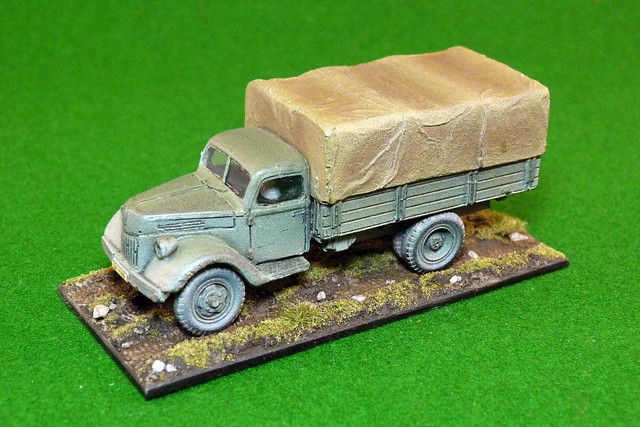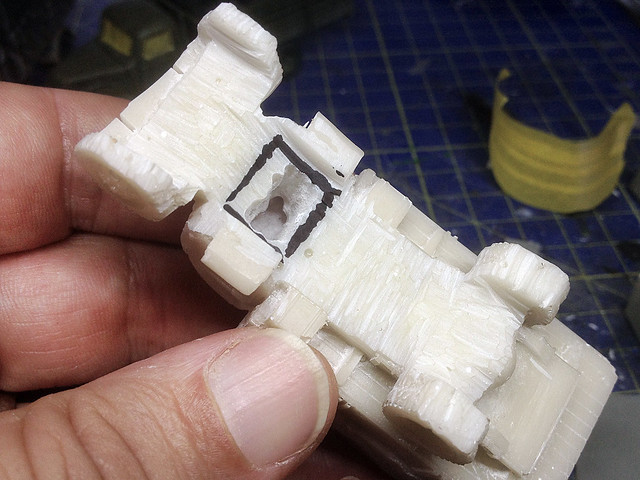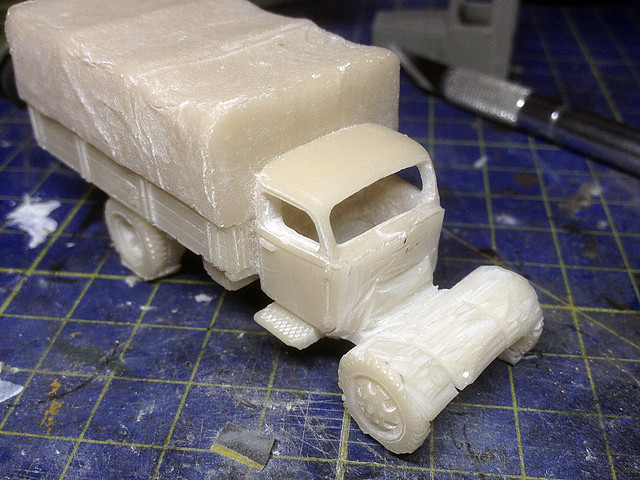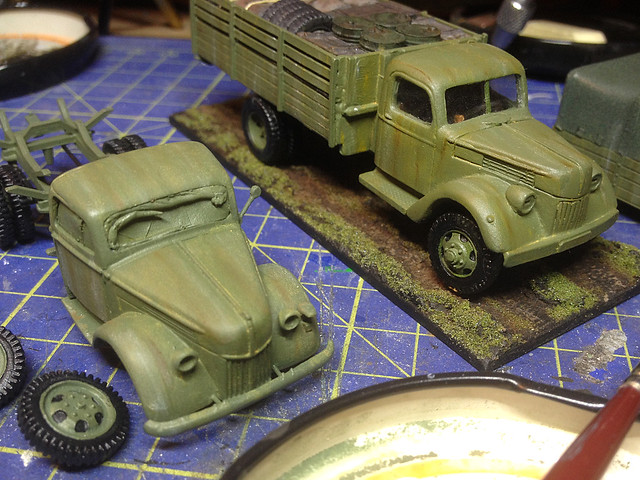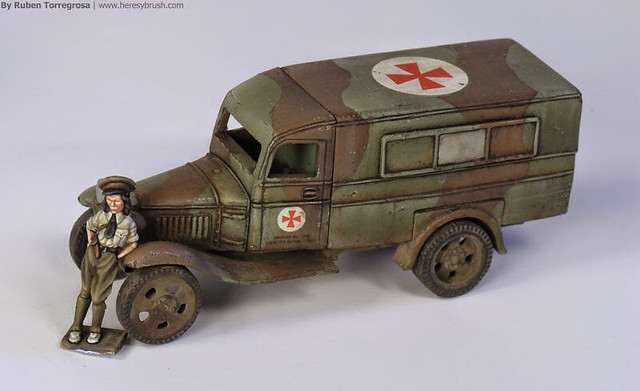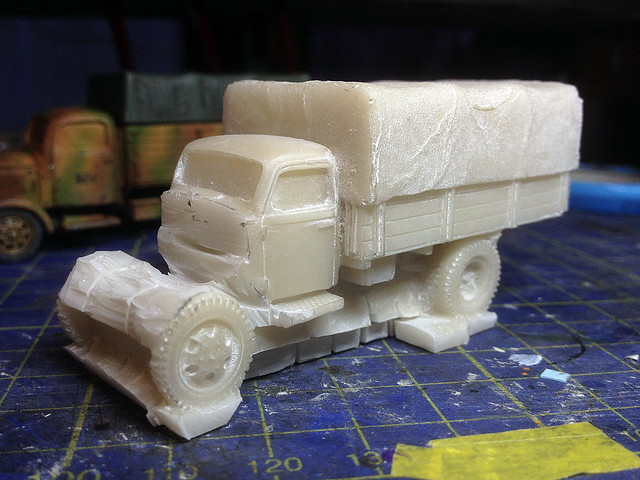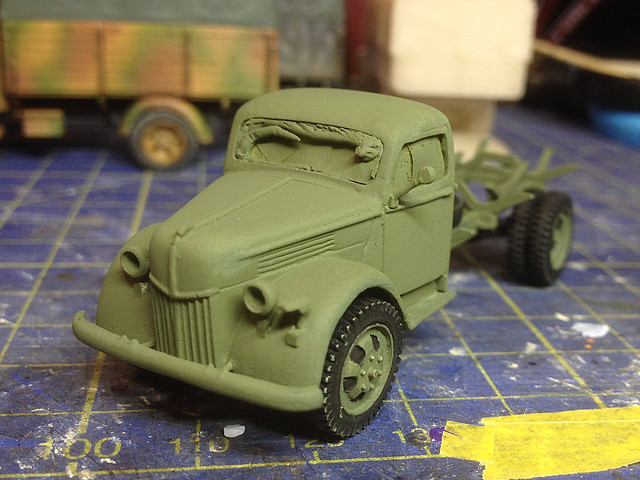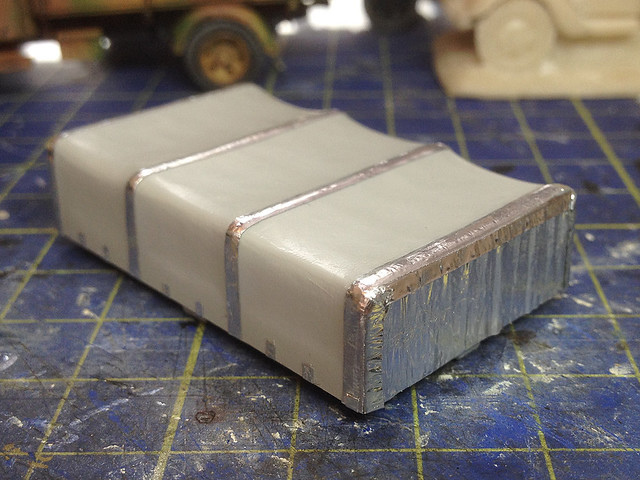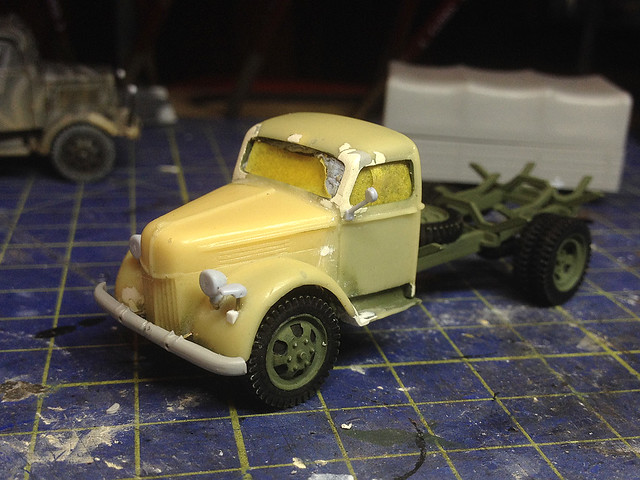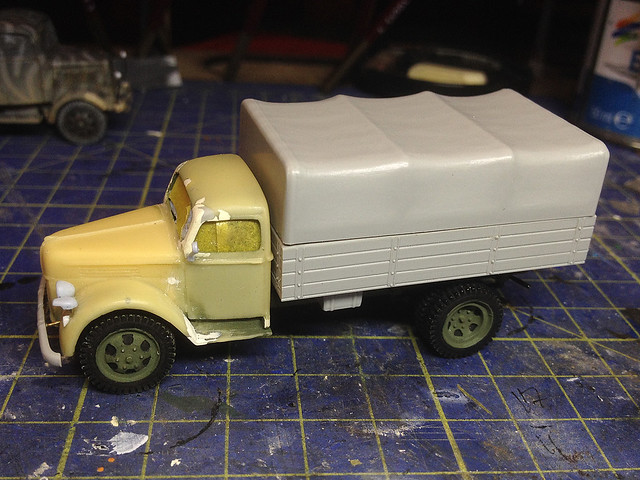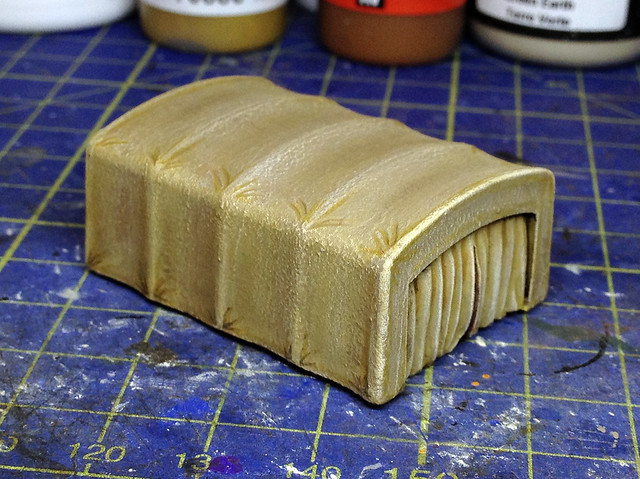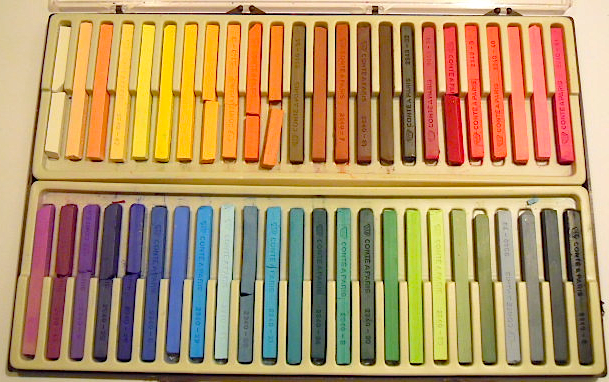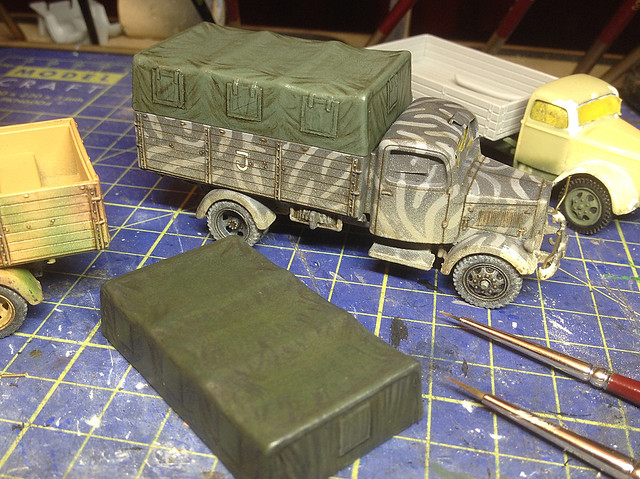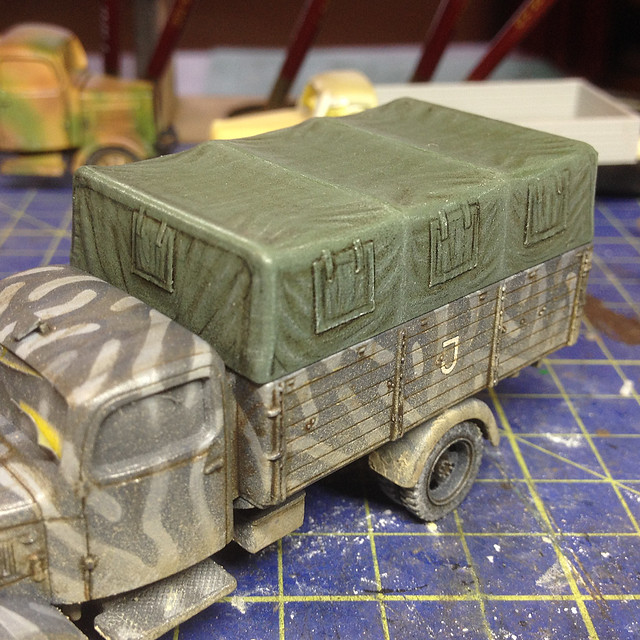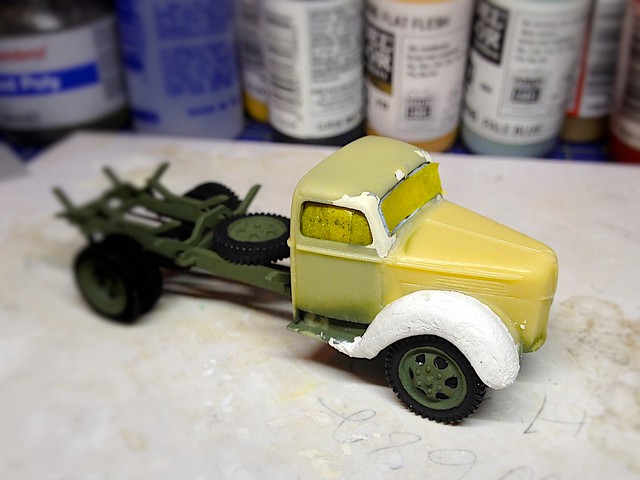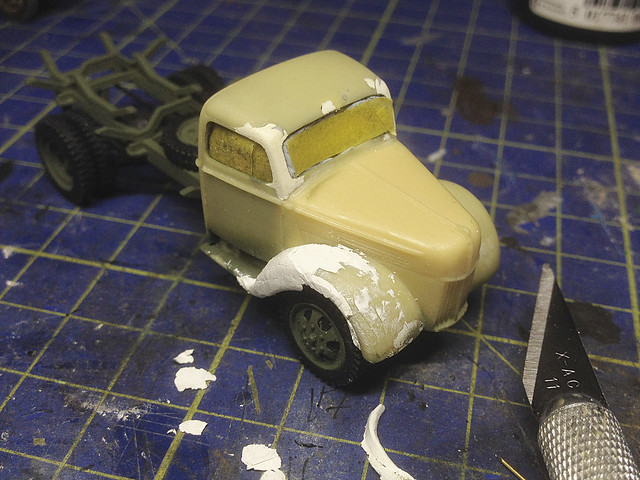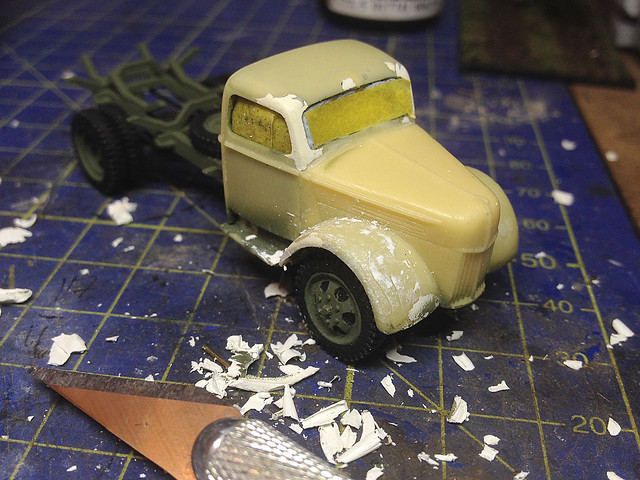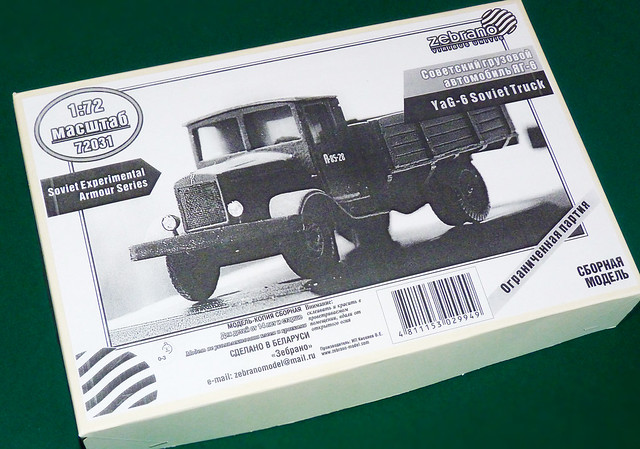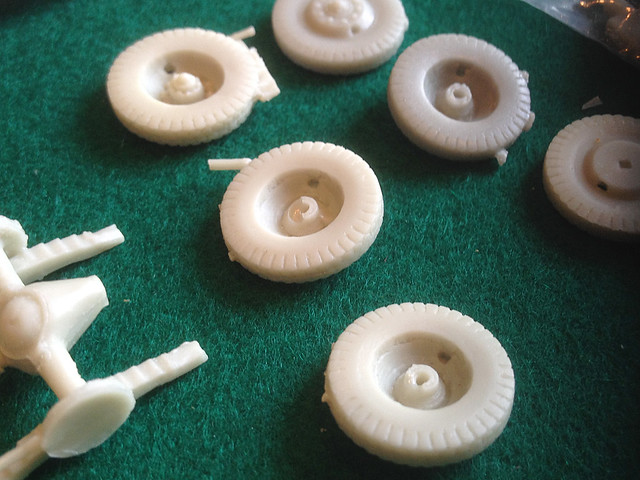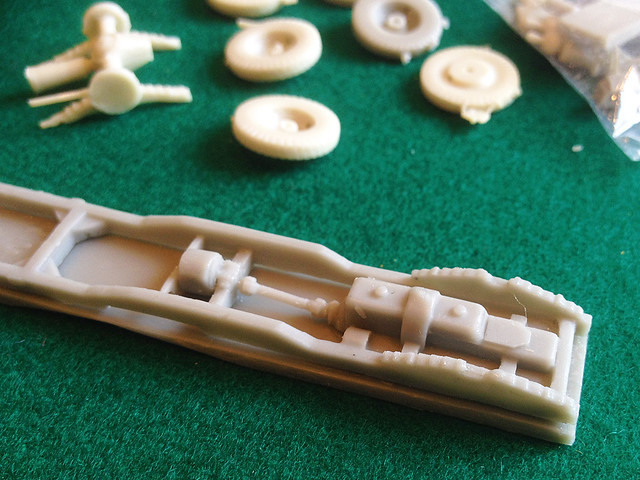Perhaps the hardest motor unit to populate in my Finnish army project has been the heavy artillery company. Under the Rapid Fire war game rules I don't actually have to include a heavy artillery unit as - really - this would be an 'off table' asset available only as a virtual bombardment and not as physical attributes. But I am fascinated by the huge variety of assets the Finns deployed during WW2 and so couldn't resist trying to model as much of their order of battle as I could.
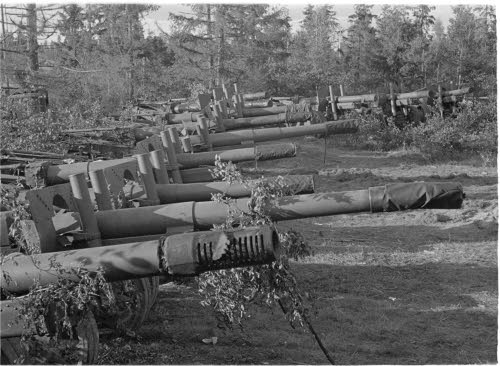 |
The Finns captured large quantities of Soviet equipment. Here a large number
of 152 mm howitzer model 1937 are gratefully lined up by their new Finnish owners!
Source: SA KUVA - Photo No. 43755 |
The Finns did employ a large number of very big artillery pieces - from heavy field guns to super-heavy howitzers in calibers from 150mm to 210mm [
see Jaegar Platoon web site for reference] and - obviously - they needed equally large vehicles to pull them. Though there is limited data (available in English) as to quite what many of these vehicles were there are tantalising hints over on the
SA KUVA Finnish WW2 photo archive - among these I found some picture of a likely towing vehicle in the form of the mighty YaG-6.
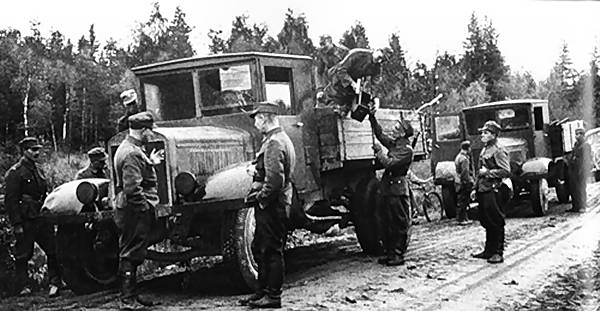 |
Two Soviet YaG-6, 5-ton, 4x2 trucks fell into Finnish hands. Machines of this
power must have been greatly prized. Source: SA Kuva |
Now, until recently I was in something of a quandry as I knew I wanted to include an example of this vehicle in my line-up but I just couldn't find a plastic model of the Yag-6 in 1/72 scale.
I have contemplated converting an Italeri Lancia 3RO, which is generally similar to the YaG and I did eventually find a 1/72 Zebrano YaG-10 - the bigger 6x2 version of the YaG-6 - which could be easily modified by removing one of the rear axels turning it into a 4x2. But the Zevrano YaG-10 is such a lovely looking kit that I just didn't have the heart to butcher it.
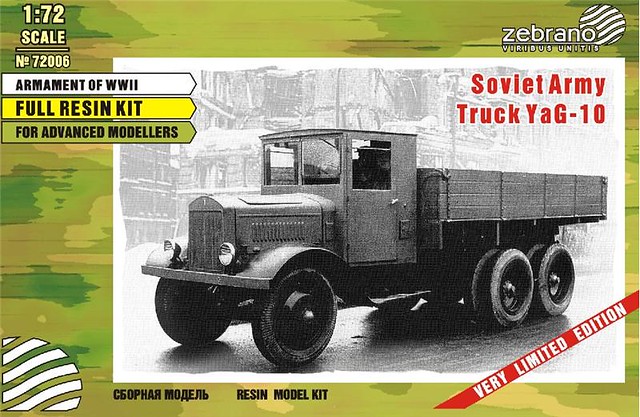 |
Zebrano's YaG-10 - the bigger brother to the YaG-6. For some reason they gave
this kit full-colour box artwork. And as far as I know ALL Zebrano's products
are 'very limited edition'. |
In the end, as luck would have it, I managed to find a Zebrano YaG-6. I tracked it down to a model retailer in Germany and snapped it up before I had time to feel guilty about spending €26 (yikes)!
About the Zebrano YaG-6 model
Zebrano seems to be a Russian company that specialises in short-run resin models. However, they appear to be relatively advanced in the complexity of model they do and have a working relationship with the well-known company of PST for whom they seem to prototype a lot of kits for.
Anyway, their YaG-6 turned up in a very plain cardboard box with a simple monochrome photocopied label stuck to the lid. No frills at all with this kit, and the contents continued that frugal theme...
The instruction sheet was - again - a simple photocopy and resin parts were packing in various little plastic bags. There was a single sheet of bubble-wrap to give the parts some protection, quite important as unlike plastic injection moulded kits all these parts came loose and without sprues.
I don't have a lot of experience with these 'high quality' display resin models, but even so I was impressed with the number of parts included in the kit and amount of detail there seemed to be.
The two parts I examined first were the wheels and the cab. I was glad to see that there was adequate amounts of detail imprinted in the resin, but it wasn't quite as much or as sharp as some of the better makes of plastic kits. The tread on the tyres, for example was a bit shallow and vague for my liking and the cab has a couple of large slabs of superflous resin attached to it's rear which would have to be removed. Additionally, the cabs windows were filled in and you will have to cut those out too.
The chassis was more or less one piece, including the lower engine block and front suspension, but I can live with that as it's not really on show. One thing I was really pleased about was that Zebrano included a transparent sheet for the windshields, not only that but they printed the shape of the windows onto the sheet so you have a guide for cutting. Nice.
As I said, there are plenty of parts (I haven't counted them yet though) so I will have to take things slowly and carefully, particularly because thin resin parts have the reputation of being very brittle and easily broken. Still, I do feel - at least - that I got plenty of parts for my money (just as well really).
Good value for money? Well, that's a relative thing - I wince at the thought of how much I paid for this kit, but there again nobody else makes a YaG-6. The cheaper option - for war gaming - would have been to use an Italeri Lancia 3RO as a stand-in if you
really want to include a YaG in your line-up. But...Well...I've spent the money now! :)
Next: Basic construction and the cab interior.
